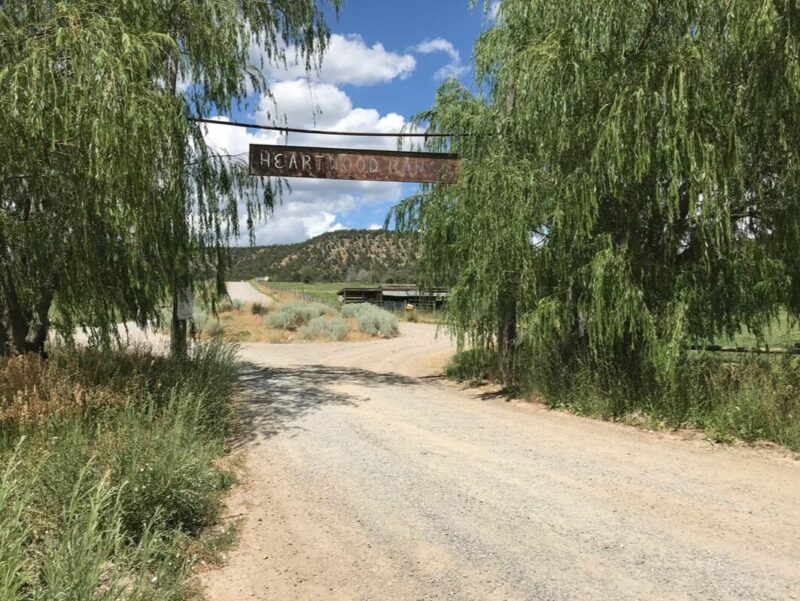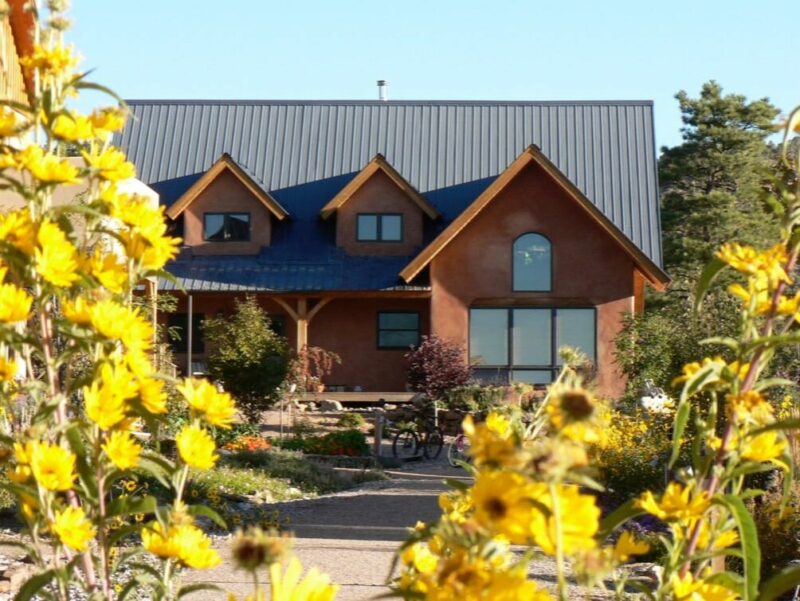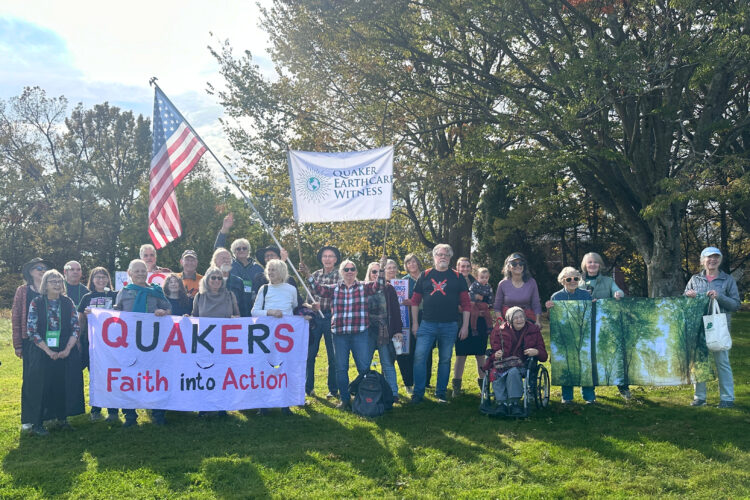Building Community, Treading Lightly: The Promise of Cohousing

Richard Grossman
At the Spring Gathering, speaker Daniel Wahl mentioned “cohousing”. That might be a new word for some Friends, so I thought I would write a bit about my wife’s and my experience after living in a cohousing community for a quarter century.
Heartwood Cohousing is near Durango, Colorado, to which we moved in 1976. Our two sons were 2 and 5 years old then, and we chose this little mountain town as the best place to raise them. It has a college and a ski area—and a small Friends Meeting. Heartwood Cohousing was started many years later.
Cohousing is a type of intentional community where people share many things and experiences. Wikipedia defines it thus: “Cohousing is an intentional, self-governing, cooperative community where residents live in private homes often clustered around shared space.”
Although that’s a pretty good definition, I have a different way of explaining cohousing to people who aren’t familiar with the term: “When you move into a new home, you probably will meet your neighbors. Perhaps you’ll interact with them frequently, or perhaps not. We live in a cohousing community because we enjoy interacting with other people on a daily basis.
Maybe you have read about senior cohousing. That’s not for my wife (Gail) and me! We enjoy being surrounded by people of all ages. The youngest in Heartwood was born this February! He and his 5-year-old brother (and their parents) live in the other half of our duplex home. Gail and I are among the oldest, at 81. We love passing by the bevy of young girls playing on the pathway when we walk to the Common House to get the mail.
We do not share our homes, our finances, or most meals. One of the goals of cohousing communities is to improve our interpersonal relationships. However, that was not the principal reason that I joined Heartwood Cohousing.
We do share potluck Mexican food dinners on Tuesdays, a delicious Common Meal cooked by residents on Wednesdays, and a potluck on Fridays. We share things (our workshop is well supplied with tools), the paths on our 350 acres of beautiful land, and many other facilities. Our 24 homes are in a cluster, causing as little disturbance as possible to the surrounding land and animals. We also share the work to maintain all this, and we share our joys and sorrows.
In addition to the covenants that are similar to those of any subdivision, we agree to a bunch of interpersonal agreements and guidelines. These form the basis for our relationships to each other, and to our land and its nonhuman inhabitants. For instance, in our Vision and Values, the Stewardship Agreement states:
“We live gently on the Earth. We are thankful for Nature’s resources, being conscious to take good care of them and use them efficiently.”

Back when we were considering joining the cohousing community, I was attracted to it for several reasons. In addition to improving my interpersonal relationships, I was intrigued by the possibility of gains in efficiency and thus ways to decrease our impact. It was also time to downsize since both our sons had left home. By living closely with good friends who are also neighbors, we could share tools and other resources. We don’t have to run to the store if the recipe calls for 3 eggs and we only have 2—just knock on a neighbor’s door!
Furthermore, the construction of the homes take advantage of passive solar and they are built to be very energy efficient.
Although we were among the first to put solar on our roof, there are now many more arrays. Several years ago, we used the community’s Renewable Energy Fund to put 10 solar panels on the workshop’s roof. They provided most of the energy for that building and for the large Common House, which is the center of our community. With the advent of electric vehicles, however, we needed more “juice”, and recently added 10 more panels. One current challenge is to figure out how to make EV charging available to any member of Heartwood, as we hope EVs will continue to be popular.
Growing up in Philadelphia, my best friend lived in Awbury, before it was open to the public. It was established by Henry Cope in the mid-19th century, and became a Quaker community. Although many people living in cohousing wouldn’t realize it, cohousing has some of the same attributes as Quakerism. Decisions are made by consensus, people are treated equally, and integrity is assumed. Furthermore, we strive for peace among ourselves and the world, and, most of all, we value community.
Gail and I are planning on “aging in place”. We continue to enjoy living where we are, surrounded by friends, and have help and support when needed. The work that Heartwood expects of every member helps to keep us in shape and fit. However, as we age, we are able to do less work and are delighted with the younger families who have moved in.
With so much beautiful acreage, Heartwood has enough land to grow and not impinge on our nonhuman neighbors. We are looking forward to “Phase 2”—the expansion of 14 new homes. They will all be certified “Zero Energy Ready Homes”. They will bring new friends to our community!
To learn more about cohousing, check out cohousing.org. Heartwood’s website, including information about Phase 2, is heartwoodcohousing.com.
Richard Grossman recently retired from the practice of obstetrics and gynecology in Durango, CO. He continues to work on several population-centered projects at population-matters.org. He is a member of Durango Monthly Meeting (IMYM).

